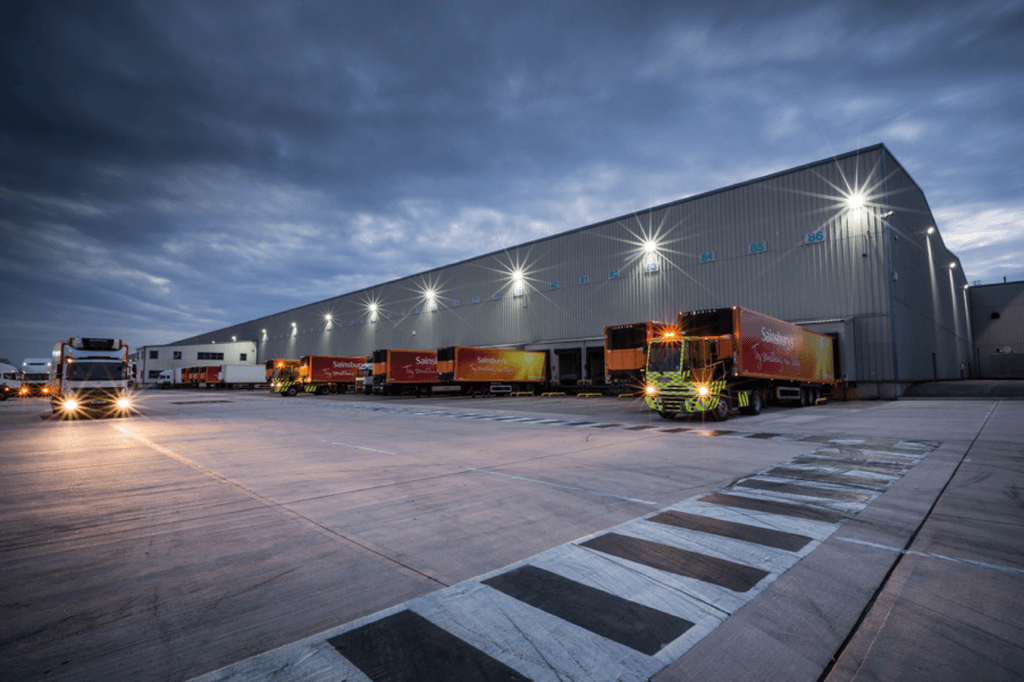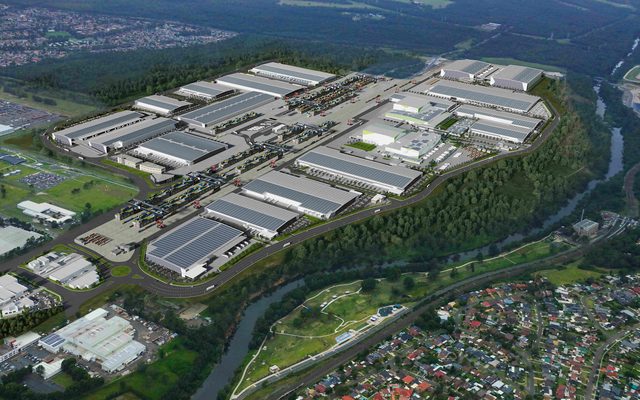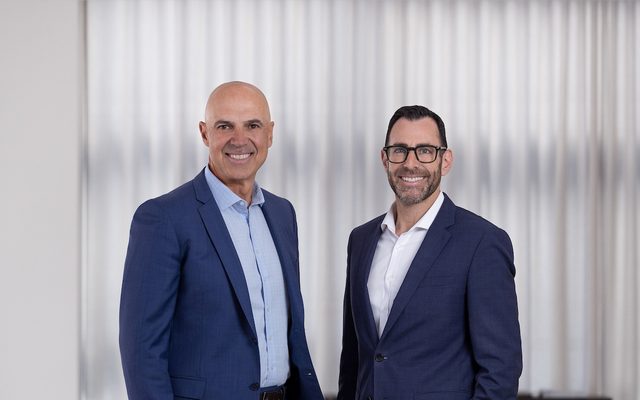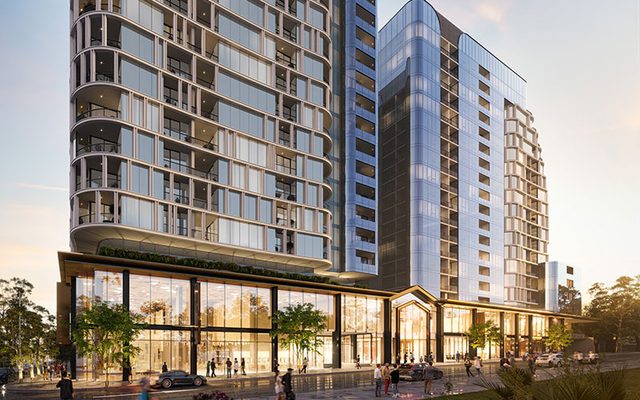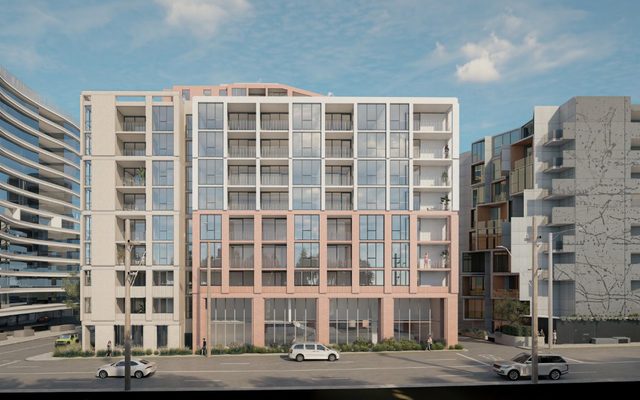This article is from the Australian Property Journal archive
INNER Melbourne is set for another build-to-rent project after real estate investment and advisory group AsheMorgan unveiled plans for a $700 million dual-tower development – one of the country’s largest of its type – for the Docklands precinct.
Located at 24 Little Docklands Drive, “District Living” will comprise over 900 build-to-rent apartments across two buildings and will offer studios, one, two, and three-bedroom aimed at young families.
The project is adjacent to Melbourne’s largest supermarket, Costco and AsheMorgan’s existing mixed-use precinct The District Docklands.
Residents of District Living will have access to 4,000 sqm of amenities, including a wellness centre inclusive of a fitness studio, plunge pool, sauna and steam room and a stunning sky terrace with kitchen, dining and relaxation spaces.
Residents will have access to circa 2,500 sqm of private outdoor space including an outdoor dog park and dog wash, an outdoor fitness area, and large green open spaces to relax.
Publicly accessible spaces include retail spaces on the ground floor, and a further 1,500 sqm of public outdoor open space.
AsheMorgan development director Mat Stoddart said Docklands is “an area ripe for a well-designed build-to-rent development”.
He said there is growing demand for high-quality apartments within the suburb, in particular, families who want to live in the Docklands Primary catchment and those already renting.
He cited research that suggests there will be an undersupply of apartments in Melbourne of around 10,000 residences by 2026, and noted there is a tight rental market and that over 67% of the population in Docklands is already renting,
“Over 50% of residents within Docklands are aged between 20 and 40 and almost 60 per cent are working as professionals or managers, making them the primary target market for BTR.”
“Armed with this knowledge, we have delved into understanding more deeply how people want to live, which has led us to be much more generous and considerate in our design approach for these apartments, with a portion specifically designed with families in mind.
“This includes both two and three-bedroom apartments that have baths, walk-in wardrobes as well as a unique offering in the form of Soho-style apartments across two levels.”
The project will be all-electric and target a 7.5 NAThers rating.
North Melbourne train station is 500 metres away, and AsheMorgan has aspirations of connecting District Living via a footbridge overpass on Footscray Road.
District Living is currently before Minister for Planning Sonya Kilkenny and following approval, is scheduled to commence construction in the second half of 2024.
(Even) more build-to-rent for Melbourne
Melbourne dominates Australia’s build-to-rent pipeline, accounting for around 63% of supply, according to JLL, with nearly all of those projects in city fringe and inner suburban locations. Last week, property giant Lendlease and Japan’s biggest homebuilder, Daiwa House announced a $650 million built-to-rent tower with 797 residences on the south west edge of the CBD, while Lendlease will be developer and construction partner alongside the City of Melbourne for a $1.7 billion precinct next to Queen Victoria Market that will include build-to-rent housing.
Elsewhere in Docklands, prolific developer Tim Gurner’s pipeline includes 550 apartments within a $1.75 billion project in Docklands that he bought into alongside the wealthy Liberman family last year. That project will also comprise multiple tower on an 18,000 sqm island infill site at 208-226 Harbour Esplanade, around the corner from the AsheMorgan site and adjacent to Marvel Stadium.
Other major build-to-rent projects in Melbourne include Mirvac’s recenetly opened offering next to Queen Victoria Market, and the major developer has projects in Brunswick and on the edge of the CBD at 7 Spencer Street. Greystar has a $500 million development in South Yarra and another $500 million project in South Melbourne.
Build-to-rent is viewed by some to be a potential alleviator of the nationwide rental, and investors wanting to position for a recovery in residential volumes and earnings are best to put their money in apartments and build-to-rent rather than house-and-land, according to UBS.

